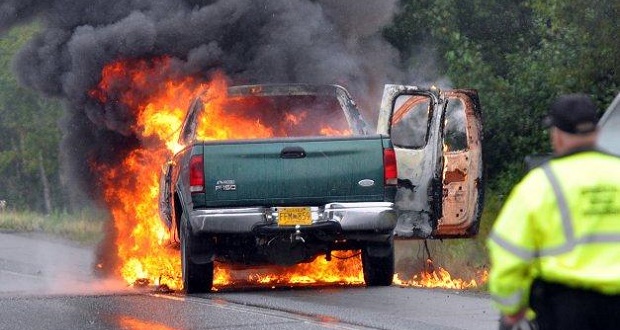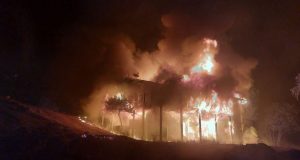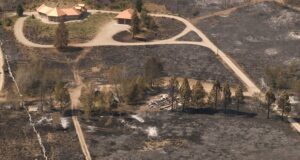With the summer travel season approaching, motorist do their best to prepare for any eventuality while on the road.
One thing they may not anticipate is what they would do if their vehicle catches fire, and those split second decisions could mean the difference between a bothersome interruption of a vacation, and tragedy.
According to a recently released U.S. Fire Administration (USFA) report, approximately one in seven fires responded to by fire departments across the nation is a highway vehicle fire. This does not include the tens of thousands of fire department responses to highway vehicle accident sites.
In the event of a motor vehicle fire, the USFA advises motorists to follow these important steps:
– Pull to the side of the road and turn off the ignition to shut off the electric current and stop the flow of gasoline.
– Do not open the hood or trunk if you suspect a fire under it. Air could rush into the area and enlarge the fire.
– Get out of and away from the vehicle. Never re-enter a burning vehicle to retrieve personal property.
– If the vehicle is in a garage or other structure, exit the building immediately.
– Do not put yourself in danger by trying to use a fire extinguisher. Only trained firefighters should extinguish vehicle fires.
– After you are a safe distance away, call 9-1-1 or your fire department’s emergency number.
Some risks from motor vehicle fires are often overlooked. Toxic gases and other hazardous substances, along with flying debris and explosions, can combine to produce serious dangers.
– Unintentional action (32 percent) was the leading cause of highway vehicle fires.
– 86 percent of highway vehicle fires occurred in passenger vehicles.
– 61 percent of highway vehicle fires and 35 percent of fatal highway vehicle fires originated in the engine, running gear, or wheel area of the vehicle.
– The leading factor contributing to the ignition of highway vehicle fires was mechanical failure (44 percent).
– Insulation around electrical wiring (28 percent) and flammable liquids in the engine area (18 percent) were the most common items first ignited in highway vehicle fires.
The Federal Emergency Management Agency’s (FEMA) U.S. Fire Administration (USFA) issued a special report examining the characteristics of highway vehicle fires. The report, Highway Vehicle Fires (2008-2010), was developed by USFA’s National Fire Data Center and is based on 2008 to 2010 data from the National Fire Incident Reporting System (NFIRS).




